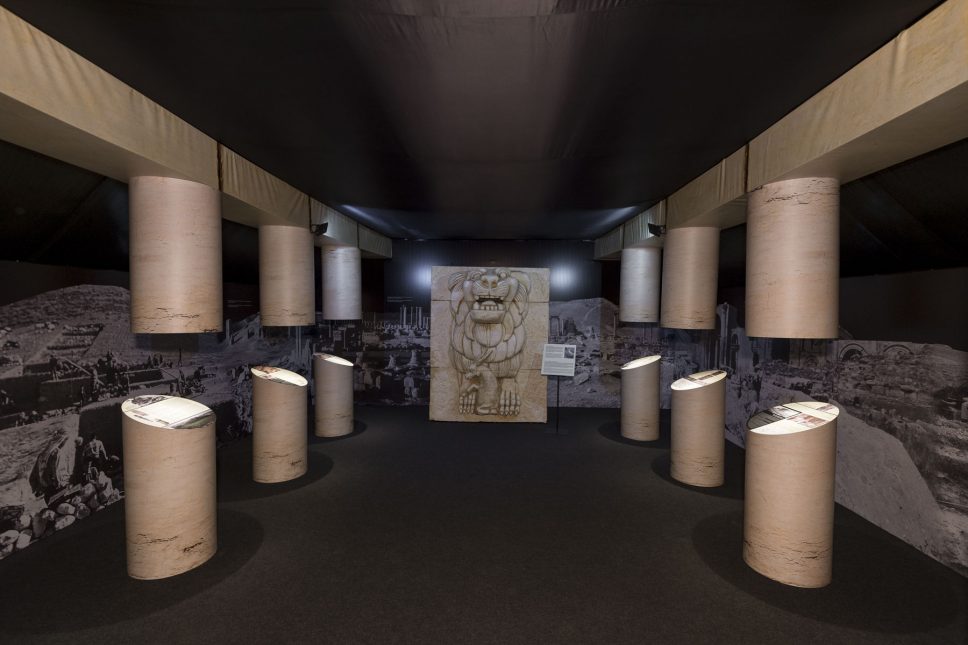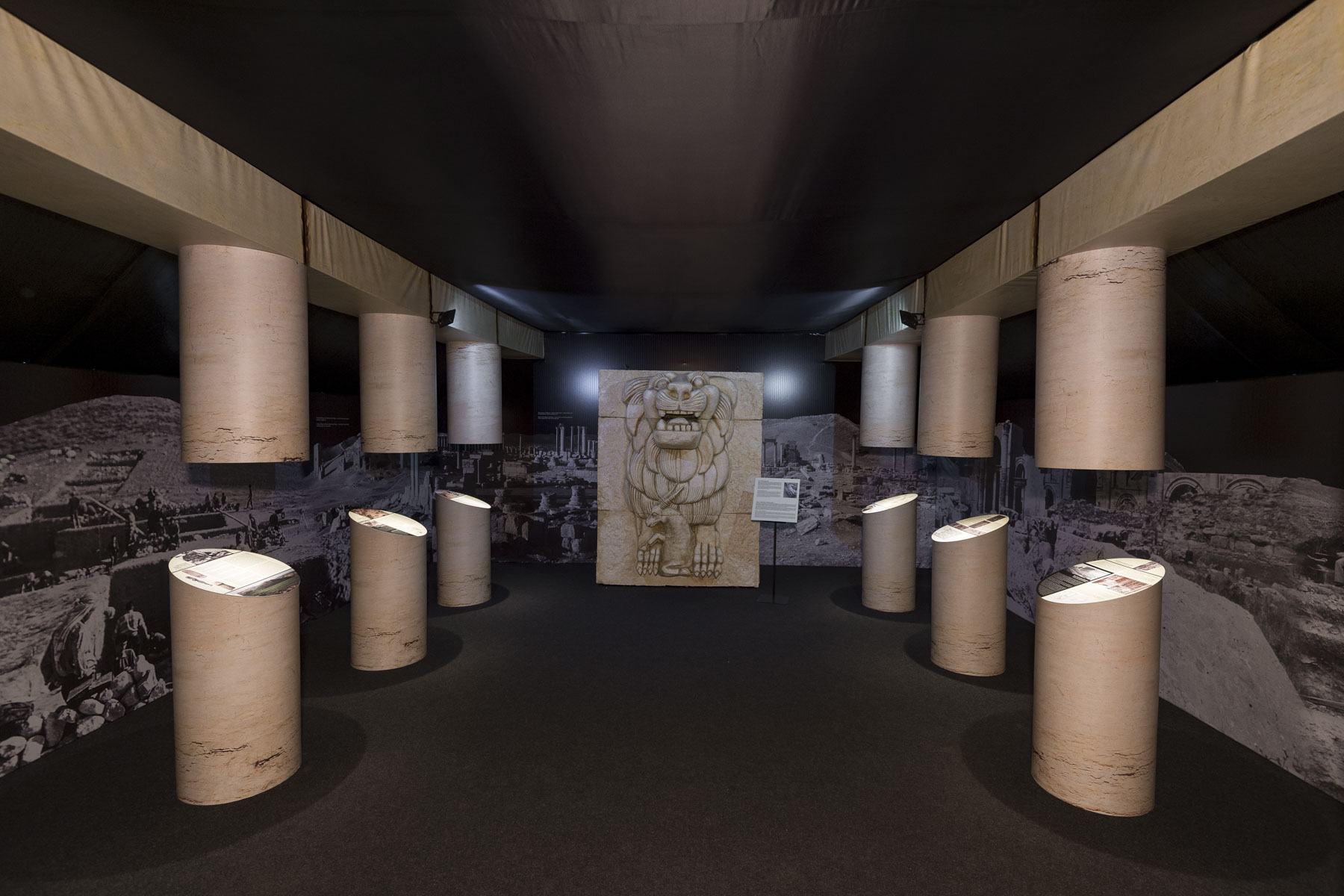Palmyra in Syria, Hatra and Nimrud in Iraq – these names have been appearing lately across news headlines throughout the world. They are names of ancient cities that have fallen victim of the current crisis in the Middle East. Along with many other archaeological sites in Syria and Iraq these cities were investigated by PCMA missions. Their work is presented at the exhibition “Endangered Heritage. Syria and Iraq in the research of the Polish Centre of Mediterranean Archaeology”.
The PCMA’s work in the Near East has covered a broad civilizational spectrum, covering several millennia of man’s cultural and material development. Preserving and safeguarding this world heritage is our most important task today in the face of the real threat posed to these monuments.
The exhibition will highlight the most significant discoveries of PCMA missions on sites currently endangered by militants. Needless to say, some of these examples of the most precious heritage of Syria and Iraq exist today only in the scientific documentation that was made over the years by archaeologists from the University of Warsaw, largely involved in this work. The exhibition will emphasize this contribution against a historical backdrop of Polish archaeological research in the Near East.
The presentation joins in the international effort for saving the endangered world heritage in Syria and Iraq. The current situation, in Palmyra especially, will be addressed by special guests from the Syrian Department of Antiquities and Museums during the opening ceremony of the exhibition, speaking in front of a copy of the Lion Protecting a Gazelle from the Allat temple in Palmyra, which will be a focal point of the exhibition. This monumental relief, recognized as an international hallmark of Palmyra, was found and reconstructed by a Polish mission. For over 35 years the Lion stood guard in front of the Palmyra Museum, displaying a message of peace engraved on it’s powerful paw: May Allat bless whoever does not shed blood in the sanctuary. In 2015, it was smashed to pieces, a victim yet again of warring parties.
Inaugurating the exhibition will be a lecture by Professor Michał Gawlikowski, long-standing director of the Palmyra expedition. The lecture “The ruins of Palmyra then and now” will present a popular view of the discoveries made by Polish scholars against the background of international research at this jewel of a desert site, highlighting issues of heritage preservation. It will be of interest to the general public, Polish and expatriates alike, as well as members of the diplomatic corps in Warsaw wishing to learn of Polish archaeological involvement in Palmyra.
Inaugural lecture and exhibition opening:
31 March, 6:00 p.m., Senate Hall, Pałac Kazimierzowski, University of Warsaw Main Campus
Exhibition:
1–21 April 2016, from Monday to Friday, 8:30 a.m. to 6:00 p.m., Gallery in Pałac Kazimierzowski, University of Warsaw Main Campus
The exhibition is part of the University of Warsaw 200th anniversary celebrations. It has received the honorary patronages of the Rector of The University of Warsaw, the Polish Committee for UNESCO and the Minister of Foreign Affairs. It received financial support from the Ministry of Culture and National Heritage. Copy of the relief of the Lion protecting a Gazelle has been made at the Academy of Fine Arts in Warsaw.


